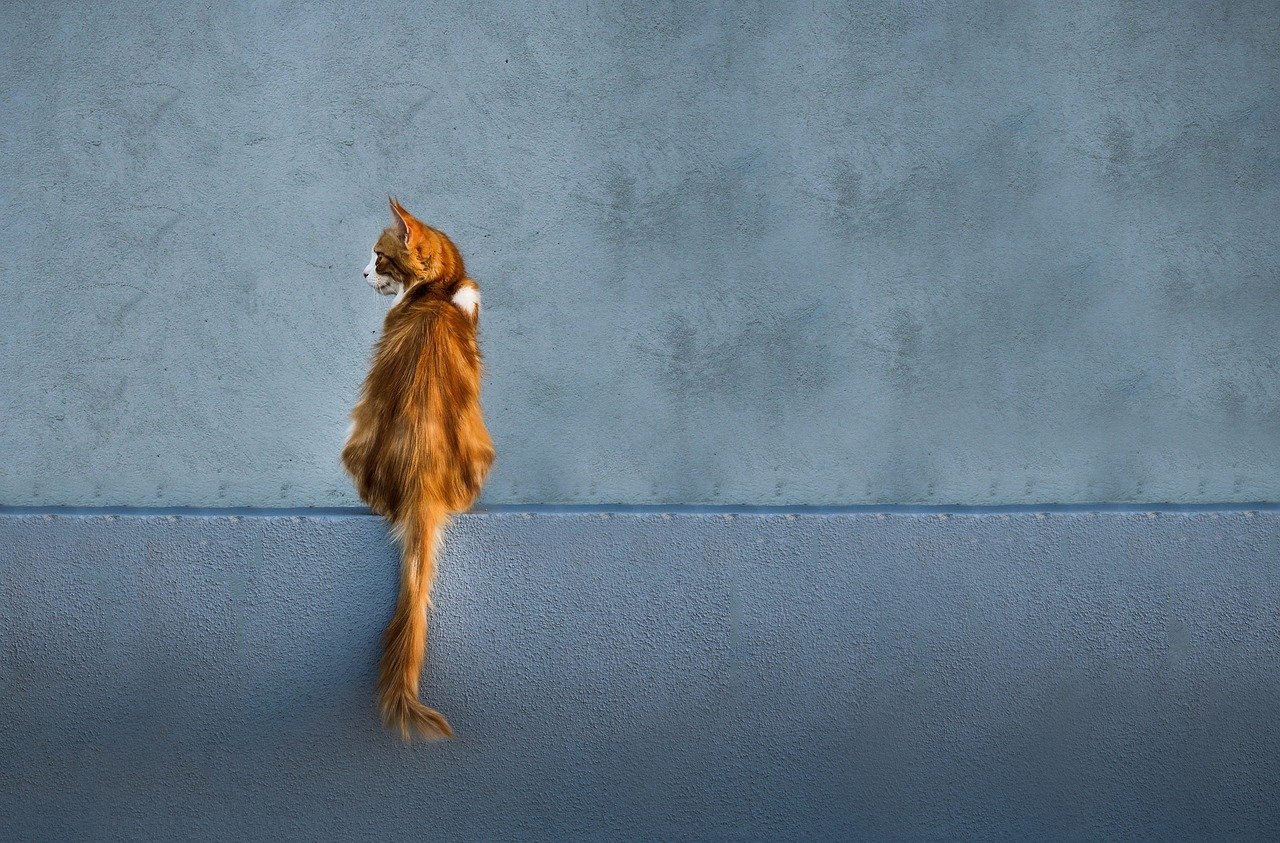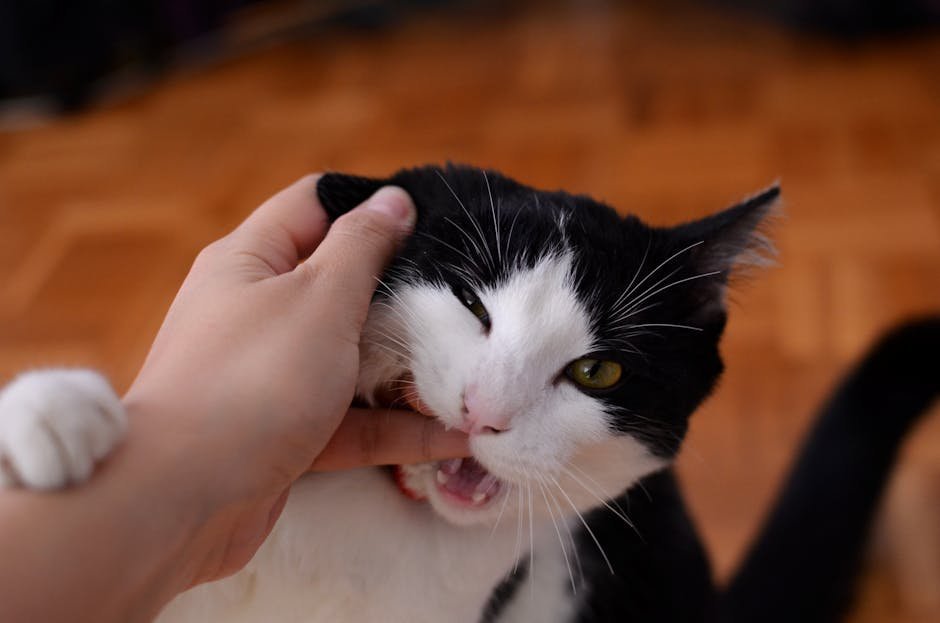Cats are mysterious creatures that have fascinated humans for centuries. Part of their allure is the way they communicate without words, especially during playtime. Understanding a cat’s body language can deepen the bond between you and your feline friend and make playtime an enjoyable experience for both of you. Whether you’re a seasoned cat owner or a newbie, recognizing these subtle cues can be both rewarding and enlightening.
The Playful Pounce
One of the most endearing and common play behaviors in cats is the playful pounce. This action is reminiscent of their wild ancestors hunting in the wilderness. When a cat crouches low to the ground, eyes locked on its target, and suddenly leaps forward, you’re witnessing a classic pounce. It’s a combination of agility and precision that serves as both a game and a practice of their hunting skills. You might notice their tail twitching with excitement, a clear indicator that they’re fully engaged and having fun. This behavior is not just about play; it’s also a way for cats to expend energy and keep their natural instincts sharp.
The Tail Flick

A cat’s tail is a wonderful communicator, and during play, it often reveals a lot about their mood. A quick flick of the tail might indicate that your cat is particularly interested or excited about something. If the tail is puffed up, it might be a sign of overstimulation or slight agitation. However, during a playful session, a gently swaying tail usually means your cat is relaxed and enjoying the game. It’s essential to observe the context in which the tail movements occur to understand what your cat is trying to tell you.
Ear Movements
The position of a cat’s ears during play can provide valuable insight into its emotional state. Forward-facing ears typically suggest curiosity and interest, while ears that rotate sideways or backward might indicate caution or overstimulation. If your cat’s ears are twitching, they may be alert and focused on a particular sound or movement. During play, ears that remain relaxed and slightly forward usually mean your cat is comfortable and happy. Paying attention to these subtle ear movements can enhance your understanding of your cat’s play behavior.
Eyes Wide Open
A cat’s eyes are incredibly expressive, and during play, they can offer a glimpse into their thoughts and emotions. Wide-open eyes are a sign of excitement and engagement, indicating that your cat is thoroughly enjoying the game. If their pupils are dilated, it often means they’re in a playful or excited state. However, if your cat’s eyes are narrowed or they avoid eye contact, it might be a sign that they’re feeling threatened or overstimulated. Always be mindful of your cat’s eye expressions to ensure a positive play experience.
The Playful Bite

Cats often use small, gentle bites during play to signal their enthusiasm and engagement. This behavior is a carryover from their kittenhood, where play-biting helps them learn to control their bite strength. A playful bite is typically soft and accompanied by other playful body language cues, such as a relaxed posture and wagging tail. If the bite becomes too hard or aggressive, it may be a sign that your cat is overstimulated and needs a break. Understanding the difference between a playful bite and an aggressive one is crucial for maintaining a safe and enjoyable play environment.
Belly Exposure
When a cat rolls onto its back and exposes its belly during play, it can be both a sign of trust and a playful invitation. In the wild, showing the belly is a vulnerable position, so when a cat does this during play, it often means they feel safe and secure. However, it’s important to approach with caution, as some cats might react defensively if their belly is touched unexpectedly. Recognizing this behavior as a sign of contentment can help you gauge your cat’s comfort level during playtime.
The Zoomies
The term “zoomies” refers to those sudden bursts of energy where a cat dashes around the room with seemingly boundless enthusiasm. This behavior is a normal and healthy expression of a cat’s playful energy. Zoomies often occur after a satisfying play session or sometimes randomly throughout the day. They are a delightful reminder of your cat’s playful spirit and zest for life. Understanding that the zoomies are a natural part of your cat’s behavior can help you appreciate their playful antics even more.
Understanding cat body language during play can transform your interactions with your feline friend, creating a richer and more fulfilling relationship. By paying attention to these behavioral cues, you can ensure that playtime is a joyful and rewarding experience for both of you.

Linnea is a born and bred Swede but spends as much time as possible in Cape Town, South Africa. This is mainly due to Cape Town’s extraordinary scenery, wildlife, and atmosphere (in other words, because Cape Town is heaven on earth.) That being said, Sweden’s majestic forests forever hold a special place in her heart. Linnea spends as much time as she can close to the ocean collecting sea shells or in the park admiring puppies.






